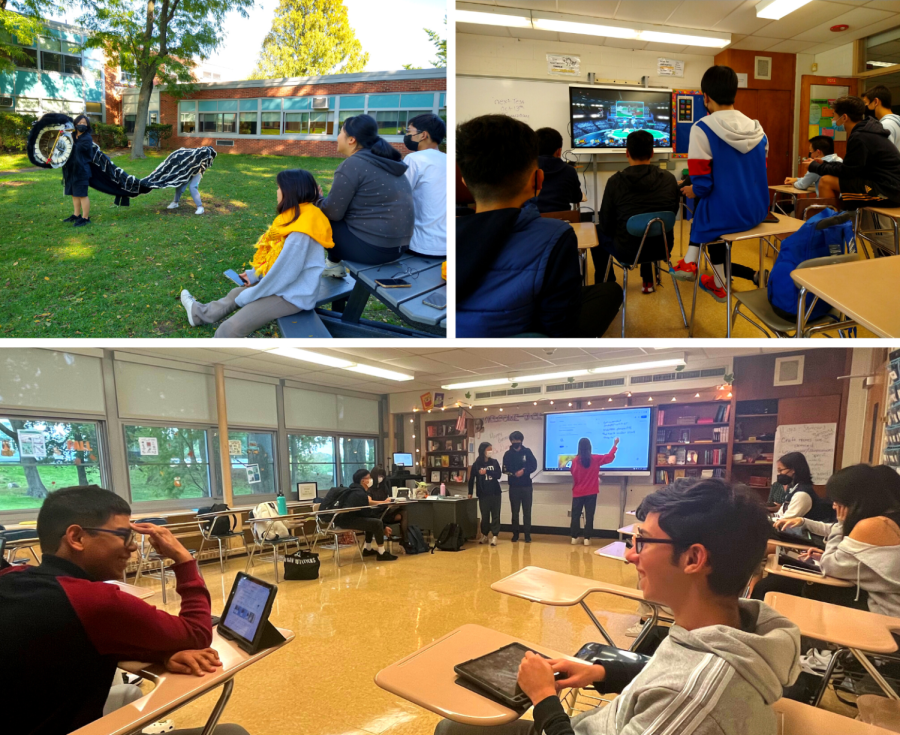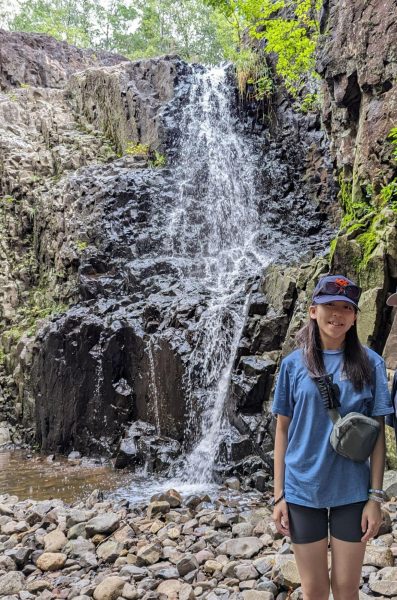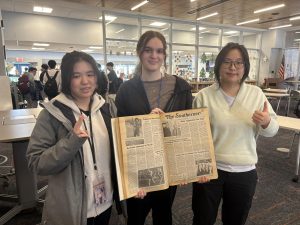Care to Create a Club?
Bustling Clubs at South High–The Asian Culture Club’s Lion Dance, Electronic Athletes Club, and Mind Readers Book Club are busy practicing, playing, and discussing after-school.
November 3, 2022
Come sing in the musical! Join Robotics–we build robots! Be a part of ACC and perform on Cultural Heritage Night!
You might recall hearing something along these lines at South High’s most recent club fair. Bombarded with a plethora of flyers and brightly-colored posters, the club fair showcased every club imaginable for students. You might be overwhelmed by the opportunities you “must” join to seem active and ambitious to colleges. But there is an alternative to getting involved that radiates student initiative: creating a new club.
Just in time for the start of the new school year, juniors Helen Tang, Celine Chay, and Alan Long started South High’s most recent book club: The Mind Readers.
To begin the process, Tang, Chay, and Long created a charter, where they summarized the club’s purpose and listed at least ten interested students. Before setting up a meeting with the new assistant principal, Ms. Rory Parnell, the founders filled out a club proposal form: Why did you start the club? When are you meeting? What do the meetings look like? are just some of the questions they had to answer. When looking for a club advisor, they emailed several English teachers the purpose and general information about the club. Out of all the recipients, Dr. Margaret Dunne, who has participated in book clubs with her friends, agreed to their request. Then, the trio, along with their new club advisor, pitched a short presentation to the administration. Afterward, Ms. Parnell reviewed the club’s mission for potential overlap with existing clubs, where if detected, she would encourage more integration with or distinction from other clubs. The school’s regulations were also reviewed to determine whether or not this club could be feasible. Even after this process and receiving approval, newly-formed clubs operate on a “probationary basis,” where the club is monitored and tested for one to two years to gauge students’ interest.
Tang originally came up with the idea on the simple premise that South High didn’t have a book club. “In a sense, it’s one of the most basic clubs a school could have; it seemed weird to us since our school is pretty academic,” she said. The founders had the intention of creating an enjoyable space where people could read for fun, without the pressures and expectations of course-assigned reads. They also hope to help students build good reading habits and develop an interest in reading outside of the classroom.
“I thought the book club was a great idea,” Ms. Parnell said. “I liked it for two reasons: one, I love to read (with some bias), and two, there’s no other club that allows students an opportunity to read together in a community that’s not directly aligned with their academic courses. It’s a club that promotes reading for fun.”
Despite having only worked at South High for a couple of weeks, Ms. Parnell has already had several new club meetings with students. Her former job as an English teacher may have contributed to her avid support for the book club, but she is ultimately looking for clubs with true dedication: both to its purpose and the student body. She explained, “A good club has values aligned with the school, things that build a community or do service for others. It should feel different than in an academic environment, where students can have fun and build relationships with their friends.”
As part of a competitive school, students might feel pressured—or even think it’s required—to either attend a myriad of clubs or, better yet, create one. But simply doing it to seem well-rounded and gain leadership experience is quite different from an authentic passion to enrich the school community. Students shouldn’t create a club just for the sake of creating one. It should come from a place of genuine interest and a willingness to devote one’s time and effort. “I believe in quality over quantity. If you show that you’re a member of the same club that you truly believe in for two or three years, to me, that’s as good as [starting] a club,” Ms. Parnell said.
Creating clubs, nonetheless, is a great way to stay cognizant of the school community and take on new skills. But joining clubs can be just as meaningful and may just be the key to enriching your high school experience. As Tang describes, “We all feel zoned-out at school at times and being part of a club makes you feel not as alone.” You will make many memorable experiences and interact with other students that share similar interests. Ms. Parnell said, “I think it’s best [to create a club] if it’s something that you actually truly believe in.”
(To browse all the clubs at South High, check out the 2022-2023 Club Fair Slideshow.)







